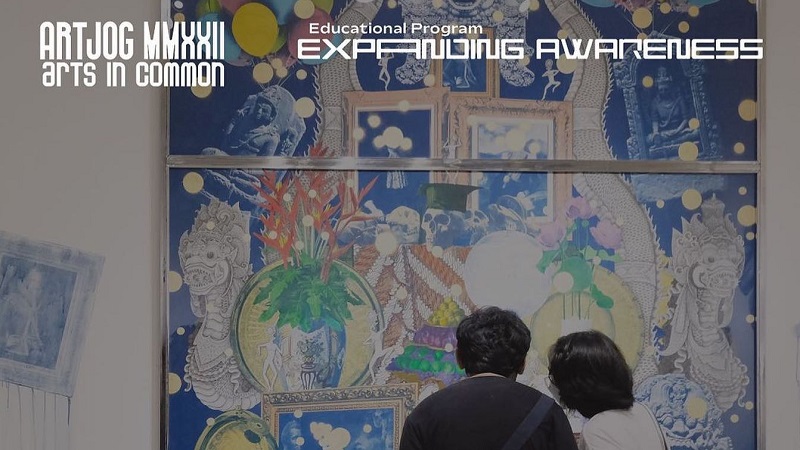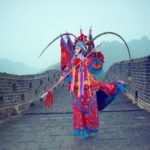Hindola Raga: A Musical Ode To Spring
The Indian raga is a musical note visualised as a character that celebrates spring.
The Indian raga is a musical note visualised as a character that celebrates spring.
![Hindola Raga is a Ragamala painting dedicated to Indian music. Music Press Asia]](https://www.musicpressasia.com/wp-content/uploads/2022/07/Hindola-Raga-Swing-Musical-Nodes.-Music-Press-Asia-800x450.jpg)
[Hindola Raga is a Ragamala painting dedicated to Indian music. Music Press Asia]
Artists of the South Asian painting tradition were fascinated by the topic of the Ragamala (literally ‘garland of musical modes’). The 36 different musical modes offered artists various ways to represent the topic of love or heroic behaviour. A raga (mode) in Indian music is a melody consisting of a string of notes in a particular arrangement.
The swing, hindola, is associated with the Vasant or spring festival celebrated in the month of Phalguna.
Ragamala paintings draw from aspects of human experience in order to visualize specific moods, emotions, and qualities such as love, anguish, valor, weakness, and strength.
Raginis are derivations from or variations of ragas in feminine mode (the basis of these classifications remains unexplained in many cases), and could have different or similar musical structures as ragas.
Specific ragas are associated with particular times of the day, seasons, and emotions. When visualized, as here, ragas and raginis are meant to evoke the same affective responses that are allied to their musical modes.
In this watercolour, dated to c.1580-1590, we see a Deccani artist’s approach to the musical mode Hindola raga, in which is represented a young prince seated on a hindola, or swing, which is surrounded by three beautiful ladies. This raga was originally part of a Ragamala series that is now dispersed.

ART HISTORY OF DECCAN, SOUTH INDIA
Although the artist is unknown, its origins are traced by to the Rajasthan, India, and to the Jaipur School of thought and art.
The text panel at the top describes the new foliage budding on the beautiful mango tree.
The inscription together with the hindola, sets the mood of the painting which, according to the Persian inscription on the upper border, depicts the raga Vasant.
The couple sways together on a swing tied to the branches of the mango tree, while attendants spray them with coloured water, scented with saffron, which the nayika (heroine) tries to dodge.
There is music in the air- from the ektara played by a third attendant, and presumably, from birds that chirp and sing against a golden sky.
Various references seem to be implicit in this evocative picture. Among them, one is reminded of Kalidasa’s Raghuvamsa, which describes the motion of the swing as that of young women moving with their lovers during festivities.
In the late sixteenth century, on the Deccan plateau of central India, there were two rival Muslim dynasties, the Nizam Shahis in the city of Ahmadnagar and the Adil Shahis in Bijapur. Both groups sponsored local artists, and their stylistic trademarks – such as the depictions of figures with elongated forms and sharp facial features – overlapped, making it difficult to assign a specific region for this world.
It has been suggested that Sultan Adil Shah II (reigned 1580-1627) of Bijapur was the likely patron for this painting, as he had an extreme fondness for music. However, the Sanskirt inscription above the image, which provides details about the specific musical mode, alludes to the fact that the patron was not a Muslim but rather a Hindu prince who lived in the region.
Currently, the painting is housed at the National Museum of New Delhi. Visit New Delhi Tourism’s official website, here.













